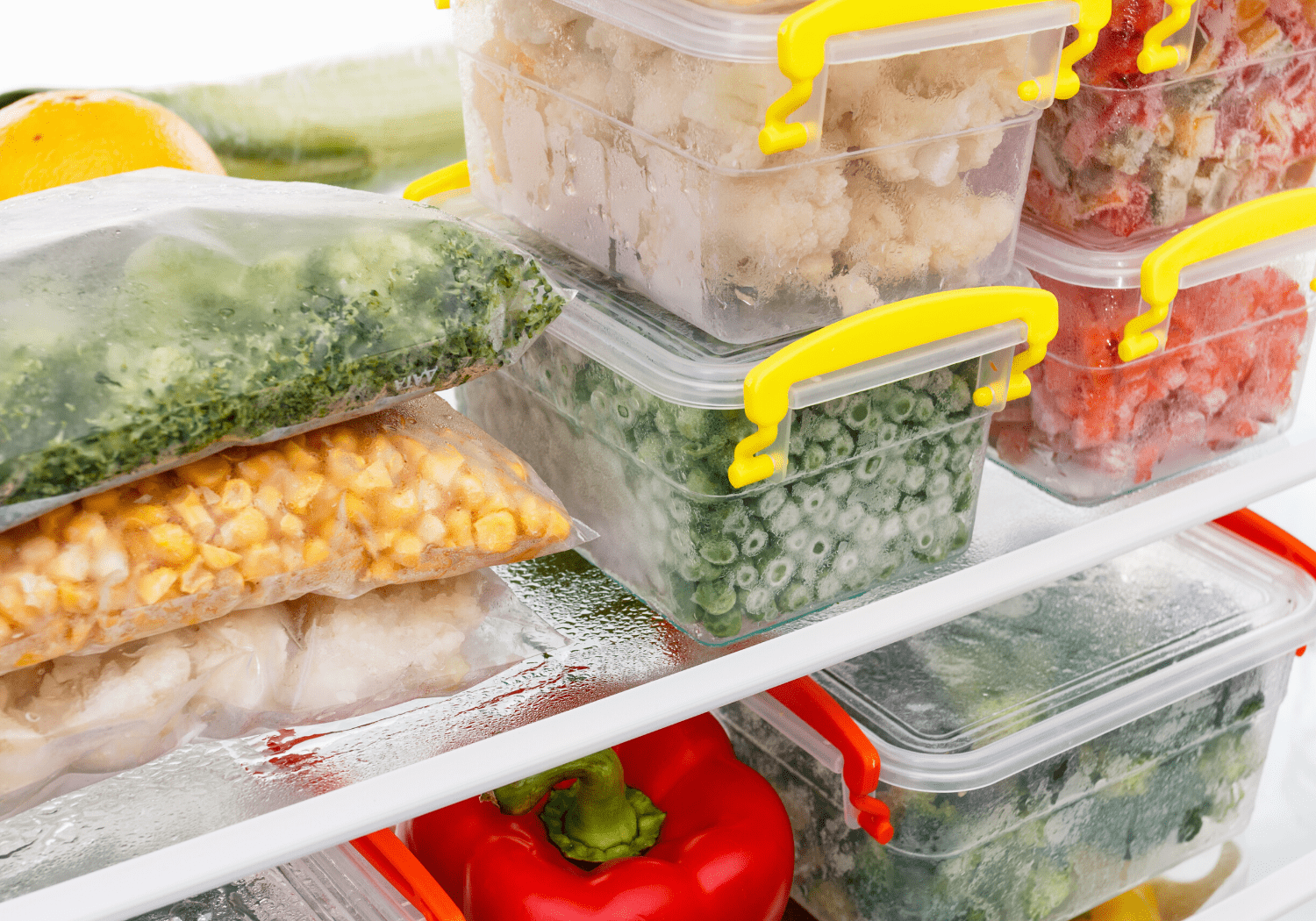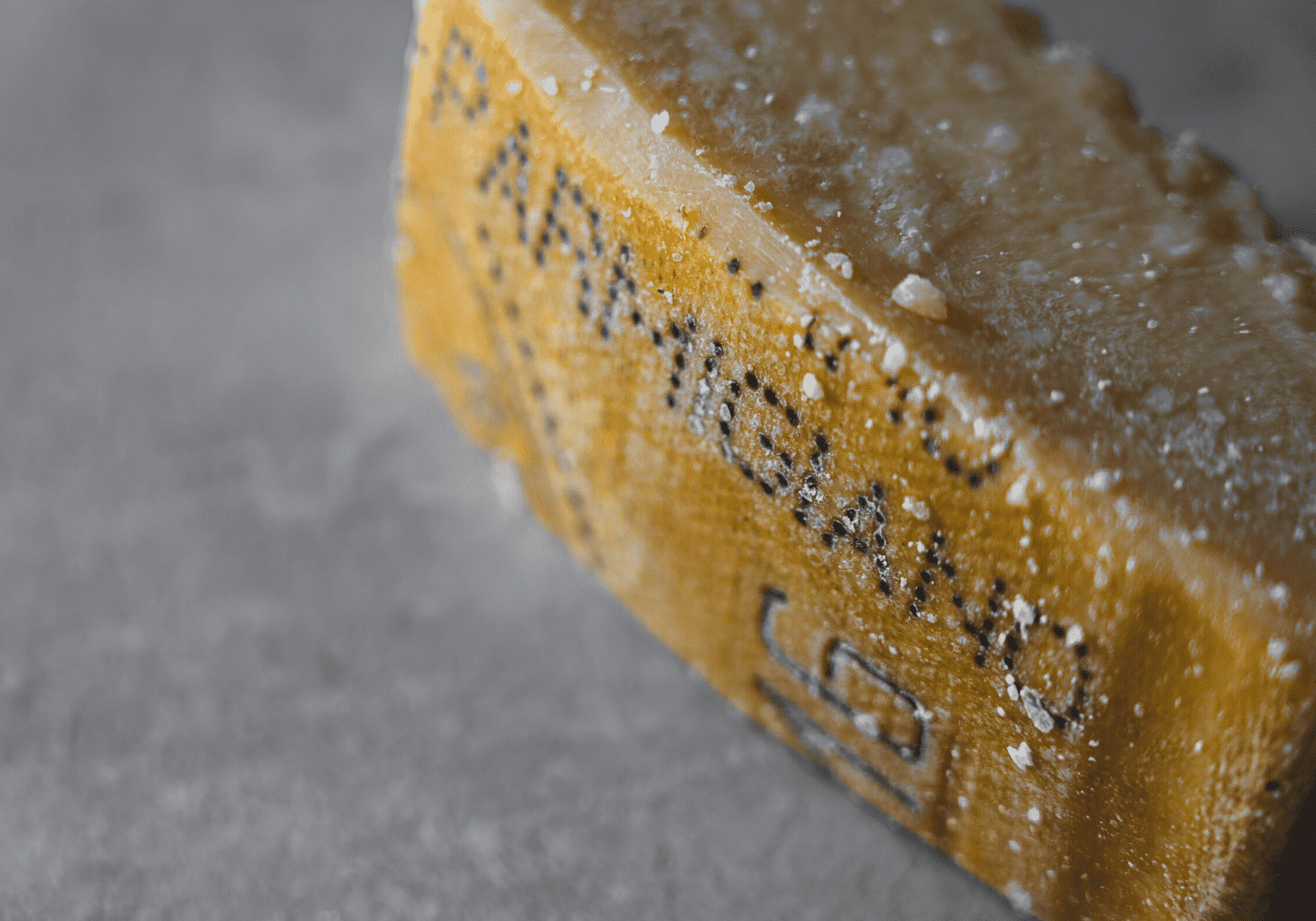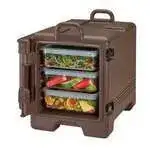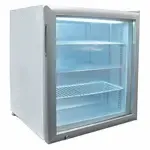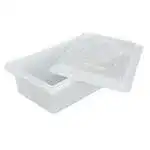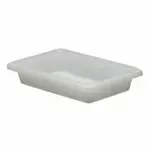
Food Freezing Techniques: Vegetables, Cheese, Meat and Milk
Food freshness is the foundation of food quality in any foodservice operation. Being able to store and preserve your ingredients properly maximizes the shelf life and minimizes food waste. Freezing is an easy and convenient way to preserve your inventory at its optimal quality. However, it is important that you have the right tools in order to do so.
It is important to be well-versed with proper frozen food storage practices in order to protect your inventory and deliver a consistent quality of food to your customers.
The Dreaded Freezer Burn
A massive threat to food quality is freezer burn, which occurs when frozen food is exposed to air. This essentially dehydrates the food resulting in ice crystals and gray spots, which diminish the taste and the overall quality.
Freezer burn starts when the water inside the food moves where it is the coldest, which then freezes up to form ice crystals. When these crystals evaporate, affected areas of the food show dry grayish spots and leathery texture. Freezer burn in chicken shows in the form of white and pink spots and darkened bones. Freezer burn on vegetables typically creates a frozen clump.
The molecules can circulate inside the freezer and could combine with other molecules from other food, and even come back to the food. This would explain why the thawed food tastes nothing short of horrific when cooked.
Freezer burn can sometimes be caused by opening the freezer frequently because it allows moist air to enter. In a commercial kitchen, this can be difficult to prevent especially when things get busy. This is why there are specialized units that allow operators to place frozen storage in more convenient areas of the kitchen. These pieces of equipment include refrigerated worktables and prep tables.
Sometimes, the temperature inside the freezer might not be ideal. Keep in mind that the freezer should operate at 0 degrees Fahrenheit. Most freezers make it easy for you to check the temperature through a front panel, but you can opt for a freezer thermometer as well for good measure.
Other times, poor packaging is to blame. If the food is packaged loosely, air can seep through, so it is important that food is vacuum sealed or placed in airtight freezer containers and freezer food boxes. For packaged meats, it is recommended to wrap over the original packaging to close any gaps.
How to Get Rid of Freezer Burn Taste
Even if freezer burn sets in, the food will still be safe to cook and eat. The catch? It likely won’t taste as good as you hope it would. In fact, it might not taste good at all. There is a way to get rid of burnt areas and the burnt taste though.
Sometimes, the freezer burn areas can be cut off using a knife or scissors and the ice crystals washed off. For meats, slow cooking could help with rehydrating it. Although unpleasant taste may still linger especially if the freezer burn has taken place long enough to do some serious damage. For steak cuts, you might have to increase the amount of seasonings you put or use them for stews and soups where they can absorb other flavors during cooking.
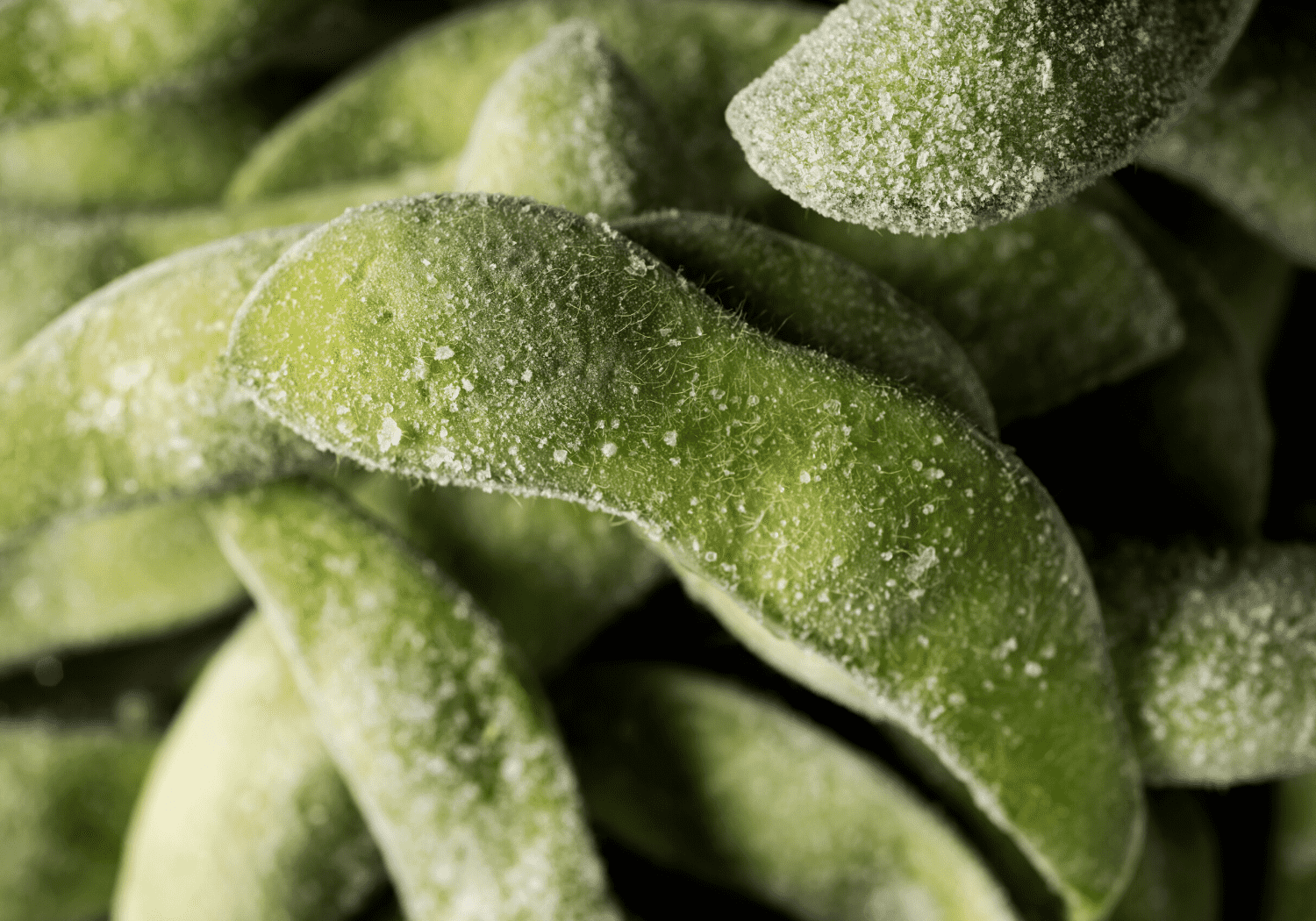
Frozen Storage Best Practices
For the best results, freeze food rapidly where it is at its peak quality. How fresh the food was when it was originally placed inside the freezer will dictate the quality you get when you get it out of the freezer. By freezing food as soon as possible, you can minimize the formation of large ice crystals that severely damages the quality of the product and seal in as much of the original qualities of the food as possible. In general, food should not sit at room temperature for more than two (2) hours, at which point bacteria starts to grow.
- Safe thawing. To safely thaw out frozen food, do it using the refrigerator or placing them inside a microwave or in cold water.
- Refreeze the right way. Refreezing food thawed in the refrigerator is safe to freeze, but the quality may not be as good because moisture has escaped the food during defrosting. It is also safe to freeze cooked foods stored in the refrigerator.
Freezing Different Types of Food The Right Way
Different foods require unique refrigeration and freezer requirements. Some ingredients can survive freezing temperatures with their quality intact while others simply don’t.
Vegetables for freezing
You would want to keep vegetables as fresh as possible, and freezing is the ideal way to do that. Blanching or scalding the vegetables in boiling water or steam before throwing them in the freezer can prolong their life by 10 to 18 months provided they are stored in ideal temperatures consistently. Most vegetables like celery, carrots, and spinach are perfect for freezing. Lettuce, on the other hand, does not freeze well. The idea is to place them inside airtight freezer containers or freezer bags sealed properly so that no air can enter.
Freezing celery is possible, but it tends to lose its crispness when left in the freezer, so thawed out celery is best used in dishes like soup and stew.
Can you freeze potatoes? Potatoes can actually be stored at room temperature for up to two (2) weeks. In fact, freezing potatoes raw is generally discouraged, at least when they are raw because they could develop a sweet taste and dark spots when cooked. Still Tasty recommends that potatoes are cooked first before placed inside the freezer.
Cheese does NOT freeze well
“Can I freeze cheese?” is not a simple question to answer. It is possible to keep cheese in the freezer without causing any food safety issue, but it is not recommended especially if taste is a priority. Freezing temperatures can adversely affect the natural taste and texture of cheese. For menu items where cheese is a fundamental ingredient, frozen cheese that is then defrosted will just be a crumbly mess that won’t taste right. Freezing specific types of cheese can change its structure, which can negatively impact the way you want to use them on the food.
Are there any types of cheeses that can stand up to freezing and thawing? Store brand and industrially processed cheddar cheese hold up pretty well. The same goes for the prepackaged shredded cheese used on pizza or grilled cheese. Aged hard dry cheeses like pecorino romano and Parmigiano-Reggiano are also great candidates if you don’t mind a bit of freezer burn.
Freezing can do meat wonders
Meats should be stored in the freezer at 0°F or below. Proper packaging goes a long way in maintaining freshness and preventing freezer burn. Most meat and poultry can be kept in their original packaging, but overwrapping is advised in order to prevent air from seeping into the products and allow for long-term storage. Raw meats should be placed at the bottom shelf of your freezer, below fresh produce and cooked foods to prevent juice drippings from the meat contaminating them. Cooked meats such as chicken can also last for months under ideal conditions.
Milk can be frozen but...
Milk is safe to freeze, but it is important to use freezer-safe containers because the product expands when frozen. You don’t want to create a mess inside the freezer and waste otherwise perfect milk. It is recommended that frozen milk is used within one (1) month for optimal quality, although the FDA allows up to three (3) months.
Different types of milk freeze better than others though. Skim and fat-free are at the top of the list because there is no issue with fat separation, which causes a grainy texture when thawed. Plant-based milk such as almond and soy milk are the most at risk. Dairy-based milk are easier to manage than their plant-based counterparts.
This grain texture will not be much of an issue in most food service applications such as baking, cooking, and making smoothies. The fat separation can also be reversed by blending the milk in a blender.
How Proper Equipment Makes The Difference
Your equipment is instrumental to the success of your frozen food storage. Commercial refrigerators are ideal for thawing out large quantities of food that need to be cooked for the day.
It is important that your freezer and refrigerator operate at safe temperatures. If you use a reach-in freezer, place them in a properly ventilated location to ensure optimal cooling performance. Bottom-mounted units are best for placement near cook lines because they are less likely to get clogged up by the grease-laden steam produced in the cooking station. If you use a walk-in freezer or even a reach-in unit, smart use of the storage space and proper food organization will make a lot of difference as it helps prevent cross-contamination and overworking the freezer.
